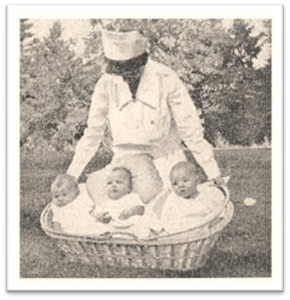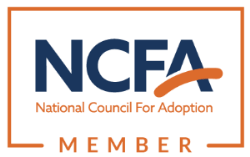The practice of adopting children has been around for ages, it is even mentioned in the Bible.
 However, back in those days adoption was about inheritance and needing a male child to preserve the family line. Nowadays, adoption is much different. Adoption is about creating and expanding families and it focuses on the child and what is in their best interest.
However, back in those days adoption was about inheritance and needing a male child to preserve the family line. Nowadays, adoption is much different. Adoption is about creating and expanding families and it focuses on the child and what is in their best interest.
Adoption was formally recognized in the United States in 1851 when Massachusetts became the first state to pass a law to regulate the adoption of children. Up until this point most adoptions were done informally; usually a close family member would just take in the orphaned child. But the Massachusetts law required judicial approval, consent of the child’s parent or guardian, and a finding that the prospective adoptive family was able to raise the child. To assist in the process, institutions for orphaned children were created by religious and other charitable groups.
Then in the late 1800’s, orphan trains were created to take orphaned children from the streets of coastal cities out to the towns and farming communities in the Midwest to find homes for them. These orphan trains gave way to the foster care system and adoption agencies, which developed professional procedures and assisted with the state adoption laws.
In the early 1900’s maternity homes emerged as a safe place for unwed mothers to go and make plans for themselves, have their babies, and then place them for adoption. This process helped to solidify the domestic adoption process as a more formal, legal, and confidential procedure. With the adoption of “war orphans” in the 1950’s, people now had the option to adopt children internationally as well domestically.
Since the late 20th century, there has been an increased interest in adoptions and international adoptions have become very popular. Open adoptions, where the birthmother still has some sort of contact or even visitation with the child, have also gained in popularity. Birthmothers also have more options and more of a say in the processes; whether deciding to have an open or closed adoption, agency or private adoption, or deciding the terms, etc. The adoption process has come a long way since 1851 and it has been instrumental in helping millions of children and creating many families along the way.


